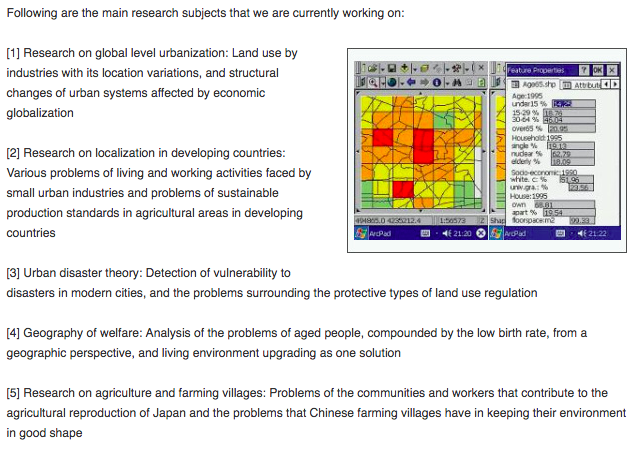Sakariba: Linking Space and Time
 |
| Shinjuku Yokocho (Drinking Alley) |
 |
| Map of Ogikubo and Asagaya. Pink areas highlight the built up of Sakariba around the station |
The temporal nature of sakariba denotes the transition of time between work and play, as ‘an interval of space and time’ (Kowalczyk, 2011). This blurring between space and time, mirrors the blurring between the boundaries of work and personal life where a ‘workaholic culture’ often bleeds into non-working life (Horne, 1998). As a consequence of the concentration on the after-work life, these spaces become highly gendered spaces as places mostly for men (Lindhurst, 1986). However, these spaces negate class hierarchies, providing a somewhat classless capitalist experience (Slater, 2011).
Covatta, A. (2017) Tokyo Playground: The Interplay between Infrastructure and Collective Space, UIA Seoul World Architects Congress, 1-7.
Horne, J. (1998) Understanding leisure time and leisure space in contemporary Japanese society, Leisure Studies, 17, 1: 37-52.
Kowalczyk, B. M (2011) Invisible (Tokyo Station) City of Transformation: Social Change and Its Spatial Expression in Modern Japan, Asian and African Studies, 15, 3, 23-38.
Linhart, S. (1986) ‘Sakariba: zone of ‘evaporation’ between work and home? Interpreting Japanese Society-Anthropological Approaches’ in J.Hendry and J.Webber (eds) Journal of the Anthropological Society of Oxford (JASO) Occasional Papers, Oxford, 198–210.
Slater, D., H. (2011) Social Class and Identity in Postwar Japan. In Routledge Handbook of Japanese Culture and Society, edited by Bestor, V., L., Bestor, T., C., and Yamagata, A., 103–116. New York and Oxford: Routledge.


Comments
Post a Comment